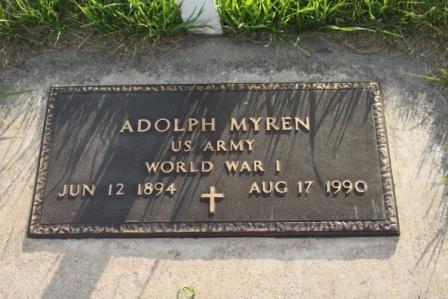 |
| Oakman-Ranger Methodist Church Cemetery Oakman, Georgia (personal photo) |
I was taking a break from the marathon of football games over Thanksgiving weekend. Taking my laptop with me, I settled in the breakfast area, thinking I would do a little internet browsing or at least look over my various trees in Family Tree Maker.
After a few minutes one of my grandchildren popped in to see what I was up to. She asked a simple question, one that continues to cause me to ponder, "Nana, why do you write stories about dead people?" My answer to her was simple, so that she and others in the family would know about some of the people in our family.
As she sat in my lap, I opened my Nelson tree in Family Tree Maker and quickly guided her through looking at the tree, starting with her GreatGrandfather Nelson. He died several years ago, but she still remembers him. I explained that he grew up, met her GreatGrandmother, they married, and then they had a baby, her Grandfather, the one watching football in the next room. Her Grandfather grew up, met me, we married, and then we had a baby, her father. Her father grew up, met her mother, they married, and then they had her. With each generation her smile grew bigger and bigger. After a quick "Thanks, Nana", she ran off to check on the family and the football game.
But why do I write about dead people? For a variety of reasons ...
- I've heard stories all my life and what to know more about these stories and the people they involve. It is one thing to know that your ancestors farmed a homestead in North Dakota. It is another to look at maps to determine its exact location and to see Bureau of Land Management information about when and how the family obtained the homestead.
- The research is making history much more personal as I see how ancestors are part of it. Adolph Myren, my great uncle, because more to me than merely a World War I soldier pictured in his uniform. Learning about his unit, where and when he served, and the time he was declared missing in action brought new insight into events of the first World War.
- My writing is connecting me with other family members. I've discovered some new cousins. And with these connections, we've also established more communication, sharing photos, information, and even speculation about certain family members or events.
- I want to help preserve the legacies left by our ancestors. When a family clock gets passed on to the next generation, I want that person and other family members to know its history. I also hope the new recipient will glimpse a little of the life of the individual who puchased it.
- I enjoy the whole research process and want to share what I've learned. After years of teaching the basics of research and the evaluation of resources, it just seems natural for me to sometimes write about where I locate family information. Other times I find that just writing about the steps I've followed to answer a personal question helps me see more clearly where else I need to look for new information.
So, as I told my granddaughter last week, there are a lot of reasons I write stories about dead people. The primary reason. for me personally, is summed up in this quote by the late Maya Angelou.(1)
"We need to haunt the house of history and listen anew to the ancestors' wisdom."(1) "Inspirational Heritage and Legacy" Family Tree Quotes, http://www.familytreequotes.com/categories/Inspirational-Heritage-and-Legacy.







